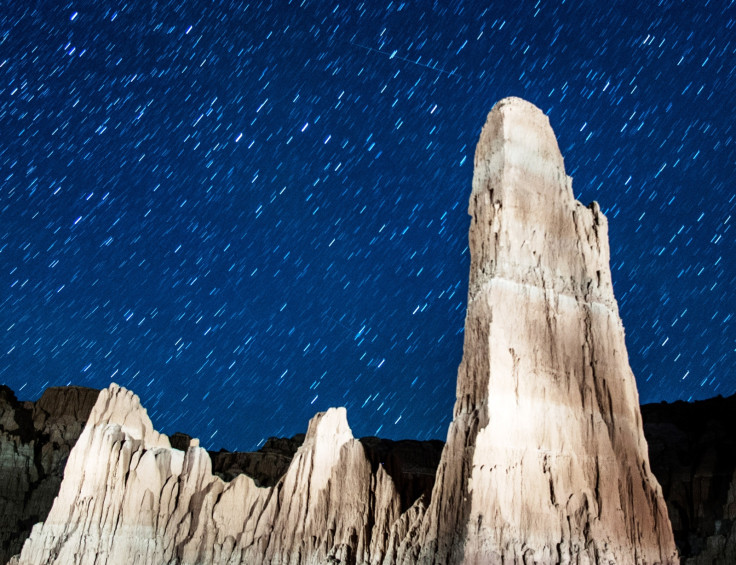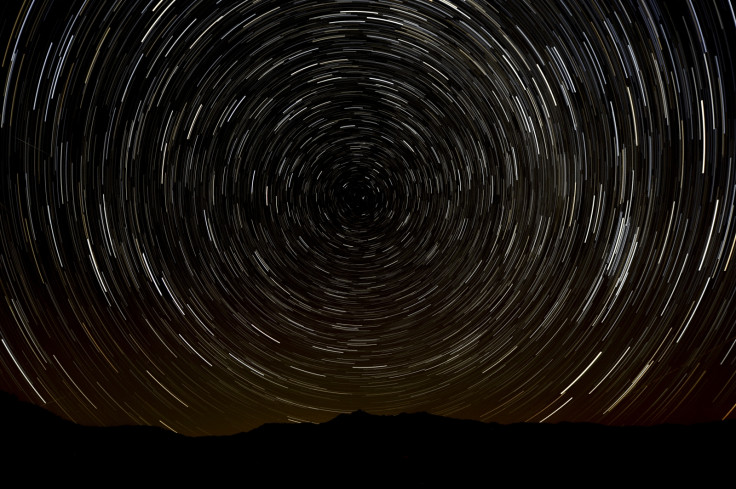Perseid meteor shower 2015: Everything you need to know about the spectacular shooting stars

The annual Perseid meteor shower is set to light up the night sky next week with a dazzling display of shooting stars. One of the brighter meteor showers of the year, the Perseids take place between 17 July and 24 August 2015, but will peak around 11 August, when up to 100 shooting stars an hour are expected to be visible to the naked eye.
What is it?
The Perseids are a prolific meteor shower associated with the comet Swift-Tuttle (109P/Swift-Tuttle), a periodic comet with an orbital period of 133 years. It was discovered independently by both Lewis Swift on 16 July 1862 and Horace Parnell Tuttle on 19 July of the same year. The meteor shower is named after the point that it appears to originate in the constellation Perseus.
Where does the meteor shower come from?
Meteors come from leftover comet particles from broken asteroids. When comets pass around the sun, the dust they emit turns into a trail around their orbits. Earth, in its own orbit, passes through the debris trail left by comet Swift-Tuttle – which last passed near Earth in 1992 – and the particles collide with our atmosphere where they disintegrate and burn up, creating flashes of light across the sky. Because of the shower's radiant (the point in the sky from which the particles appear to radiate away from) in the constellation of Perseus, the event is mostly visible in the Northern Hemisphere during pre-dawn hours. Some shooting stars can also be seen before midnight, however, grazing the planet's atmosphere to create bright trails.

How can I see the Perseids?
The meteor shower is best viewed from the Northern Hemisphere. According to astronomy website Earth Sky, stargazers should look between the radiant in the north-east of the sky and point in the sky directly above you. For the best chance of seeing the shower, find an area with little light pollution and lie flat on your back for a panoramic view of the night sky. As the Moon is 28 days old during the peak of the shower, its light will not obscure the show. Nasa advises to "look towards the familiar constellations Cassiopeia and Perseus in the north-east".
When was the meteor shower discovered?
The earliest information on the Perseids was found in Chinese archives in AD 36. However, credit for recognising the shower's yearly appearance is given to Belgian astronomer Adolphe Quetelet. In 1835, he reported that the shower was emanating from the constellation Perseus.
© Copyright IBTimes 2025. All rights reserved.





















